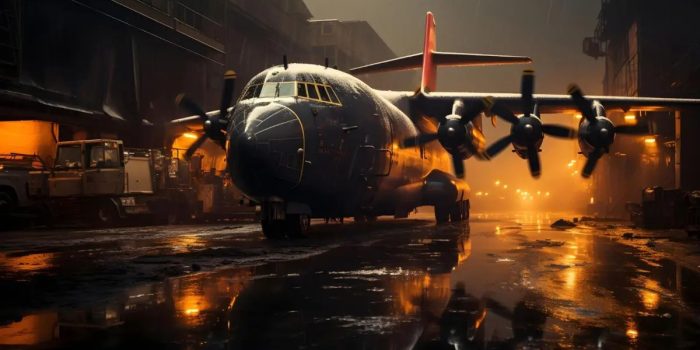Recently, Navy Adm. John C. Aquilino, leading the U.S. Indo-Pacific Command, provided insights to the Senate Armed Services Committee regarding China’s robust military modernization efforts. Aquilino underscored the impending ascendancy of China’s armed forces, hinting at the possibility of them becoming the globe’s largest Navy and Air Force. Drawing parallels, he likened this shift to a substantial security challenge reminiscent of the magnitude witnessed during World War II.
“What we all have to understand is we haven’t faced a threat like this since World War 2. The largest military, and again as Senator Wicker said, the world’s largest Navy, soon to be the world’s largest Air Force. So, the magnitude, scope and scale of this security challenge cannot be understated,” Aquilion said in a testimony on Capitol Hill on March 21.
“Our adversaries have become increasingly aggressive and emboldened. The PRC’ unprecedented military buildup and campaign of course of actions destabilize the region and they challenge our values and the institutions that support a free and open Indo-Pacific,” he added.

Aquilino’s assessment was driven by China’s remarkable buildup of warplanes within its military inventory. According to the Pentagon’s 2023 report on Chinese military capabilities, the People’s Liberation Army Air Force (PLAAF) and Navy jointly possess a staggering arsenal of over 3,150 aircraft, indicating a substantial expansion in China’s aerial capabilities. In contrast, the US Air Force maintains around 4,000 non-trainer, non-drone aircraft, with several thousand more distributed across other branches.
“Combined, the PLA Air Force (PLAAF) and PLAN Aviation constitute the largest aviation force in the Indo Pacific. Over half of the PLA’s operational fighter force is 4th and 5th generation, enabling longer-range A2/AD and counter-air operations across the western Pacific Ocean. The PLA is also developing a stealth bomber that can cover the Second Island Chain and the Western Pacific,” he wrote in a March 18 statement.
Despite China’s current position not immediately surpassing the US in terms of military aircraft, its considerable enhancement in production capacity, particularly regarding advanced fighters, signals a notable trajectory of growth in its air force capabilities. Meanwhile, the US Air Force grapples with the challenge of sustaining its size to effectively discharge its global duties, especially in confronting the emerging threat posed by China.
“While modernization of the force and the development of new concepts are essential to our ability to deter, we need to move at the speed and pace required to address the rapidly evolving security environment,” he wrote.

In tackling these challenges, the US Air Force has placed emphasis on phasing out obsolete aircraft to pave the way for newer, more advanced models. This approach seeks to bolster overall capability by redirecting resources saved from retiring outdated systems toward the acquisition of next-generation aircraft. Nevertheless, there are apprehensions regarding the viability and endurance of this strategy, given its dependency on uncertain funding from Congress amidst fiscal limitations.
Furthermore, China’s military strategy includes leveraging its vast regional missile capabilities to potentially neutralize major US military bases and those of its allies. By targeting critical air bases, China aims to disrupt their functionality, hindering the deployment of US fifth-generation aircraft, such as the F-22 and F-35. This poses a significant challenge to US naval operations, as aircraft carriers serve as essential platforms for power projection and force projection in the Indo-Pacific region.
“The PLAAF is rapidly catching up to Western air forces. The PLAAF continues to modernize with the delivery of domestically built aircraft and a wide range of UASs,” reads a key takeaway from the report.


